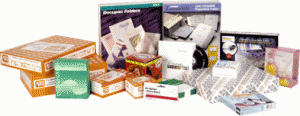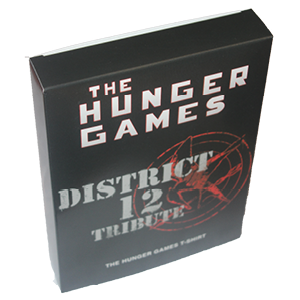Varnished boxes consist of three typical types.
The first is the popular aqueous varnished box. Aqueous is a water-based coating and offers several advantages over petroleum-based varnishes. First, it is compatible with water-based glue so you can “blanket” coat the box without having to keep glue flap clear to avoid the glue not adhering to the paperboard. Secondly, it does not yellow with age. It is also typically more scuff-resistant than ink-based varnish. In addition, Aqueous Coated Boxes are do not require you to “spot” the varnish to avoid areas of the box that are used to be written on at a later time with such things as a part number, lot number, or bar code.
A second common clear coating much less employed today is the regular petroleum-based varnished box. Varnished boxes of this type are not compatible with glue and, therefore, must be “spot” applied. This means that the glue area must be free of varnish as well as areas that you might want to print post filling the box. Rare circumstances may require utilization of this type of finish but it is no longer typical.
The third type of varnished box employs UV or ultra violet coating. UV is a high gloss plastic which dries instantly when ultra violet light is applied. UV varnish is not easily recyclable as it is a plastic. However it does produce a very dramatic high gloss which can be useful for any one of three typical purposes. One, to make the overall box extremely glossy. Two, to make a box water repellent or three it can be used to great effect as a spot coating to highlight certain aspects of the graphics.
There are more “finishing” specialties that can be done to enhance the graphics of a package. These include embossing, debossing, and foil stamping.


